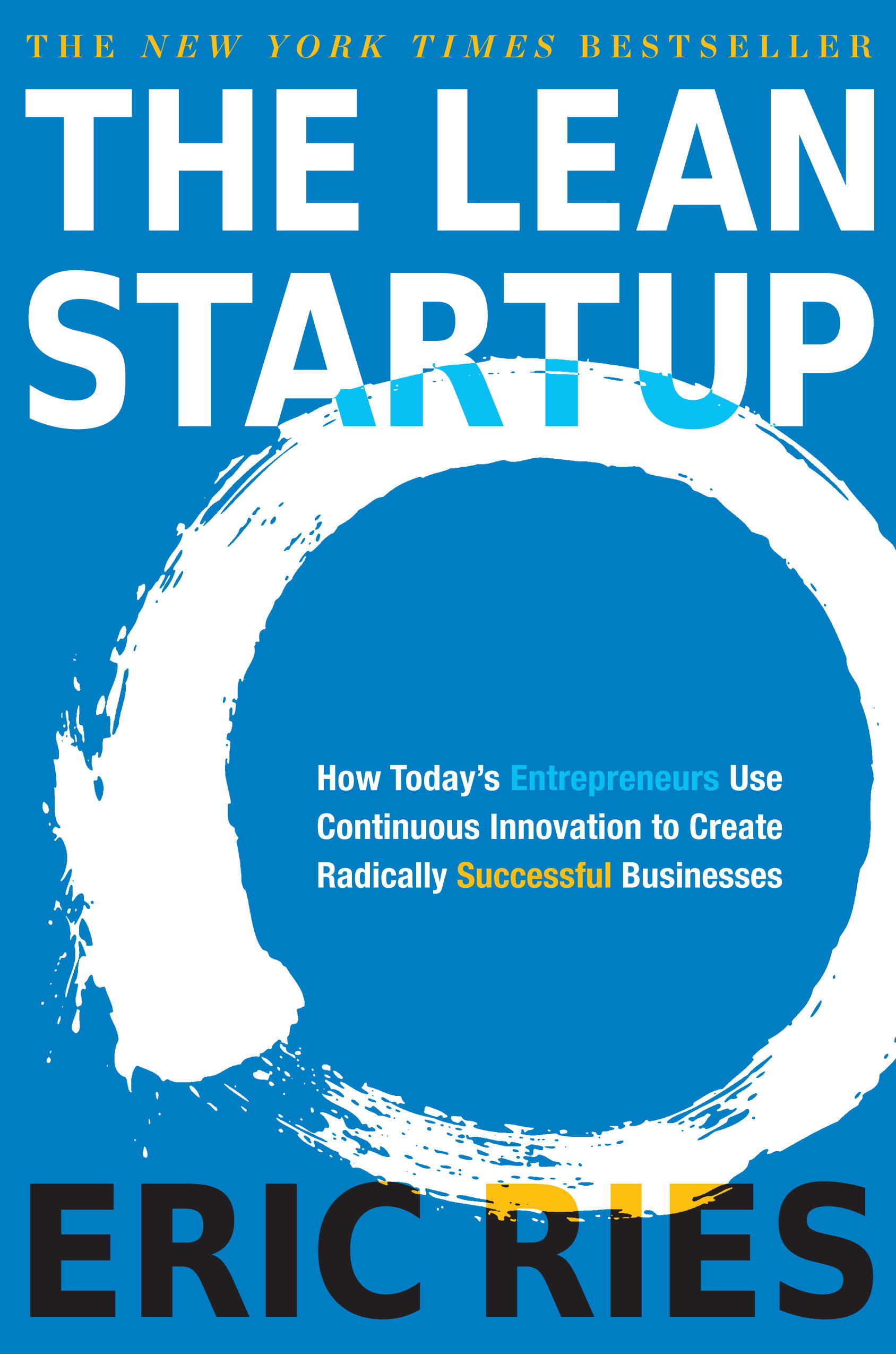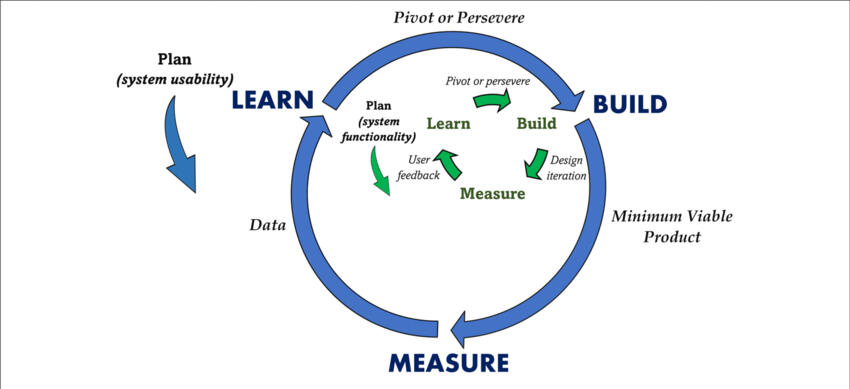The Lean Startup
In a world where startups often fail, The Lean Startup offers a pragmatic and scientific approach to maximize success chances. Eric Ries, an entrepreneur and innovation consultant, shows how to build a profitable business using methods inspired by Lean Manufacturing, adapted to the development of innovative products and services.

Eric Ries
Eric Ries is an entrepreneur and author, known for his work on Lean innovation and startups. He co-founded IMVU and advises numerous companies on agile growth strategies.

Short Summary
Chapter 1: The Promising Idea
David, a young entrepreneur, has a revolutionary idea for a niche social network. He invests all his savings in a full application, but no one uses it...
Chapter 2: The Lean Startup Revelation
After a costly failure, David discovers The Lean Startup and decides to launch a MVP, a simple landing page with a clear value proposition.
Chapter 3: First Feedback
By analyzing sign-ups and early user feedback, he realizes that his initial concept needs adjustment.
Chapter 4: The Strategic Pivot
Rather than persisting with a product that does not attract enough users, David modifies his approach and focuses on a highly demanded key feature.
Chapter 5: Success Through The Lean Startup
With an iterative and agile approach, his business grows rapidly by responding to real user needs, thus reducing the risk of failure.
Main Ideas - Key Concepts Explained Clearly
✅ 1. The Build-Measure-Learn Cycle
Explanation: A rapid learning cycle to test an idea before heavily investing.Concrete Example: Dropbox started with a simple video demonstrating its concept before developing the product. The enthusiasm of users proved the project's value.

✅ 2. The Minimum Viable Product (MVP)
Explanation: Instead of perfecting a product for months, launch a minimal functional version to get quick feedback.Concrete Example: Airbnb started with a few apartments listed on a rudimentary website, validating the market before investing in a full platform.
✅ 3. Rapid Iteration and Pivots
Explanation: If a product does not meet its audience, quickly adjust the offer or even completely change direction (pivot).Concrete Example: Twitter was initially a podcast platform before becoming a microblogging platform after analyzing user behavior.
✅ 4. Innovation Accounting
Explanation: Instead of vanity metrics (click rates, download numbers), measure real progress based on user engagement and retention.Concrete Example: Zappos measured the conversion rate of its first customers to validate market interest before investing in a large inventory.
Practical Applications - How to Implement These Lessons Immediately
Identify an MVP: What is the simplest product/service you can test immediately?
Experiment Quickly: Launch your MVP and measure user feedback.
Adopt the Build-Measure-Learn Cycle: Improve your product based on concrete data.
Be Ready to Pivot: If the metrics are not convincing, change approach.
Avoid Vanity Metrics: Focus on retention and real growth indicators.

Briffio
Discover the Best Short Briffio on briffio.com
© Briffio. All rights reserved.